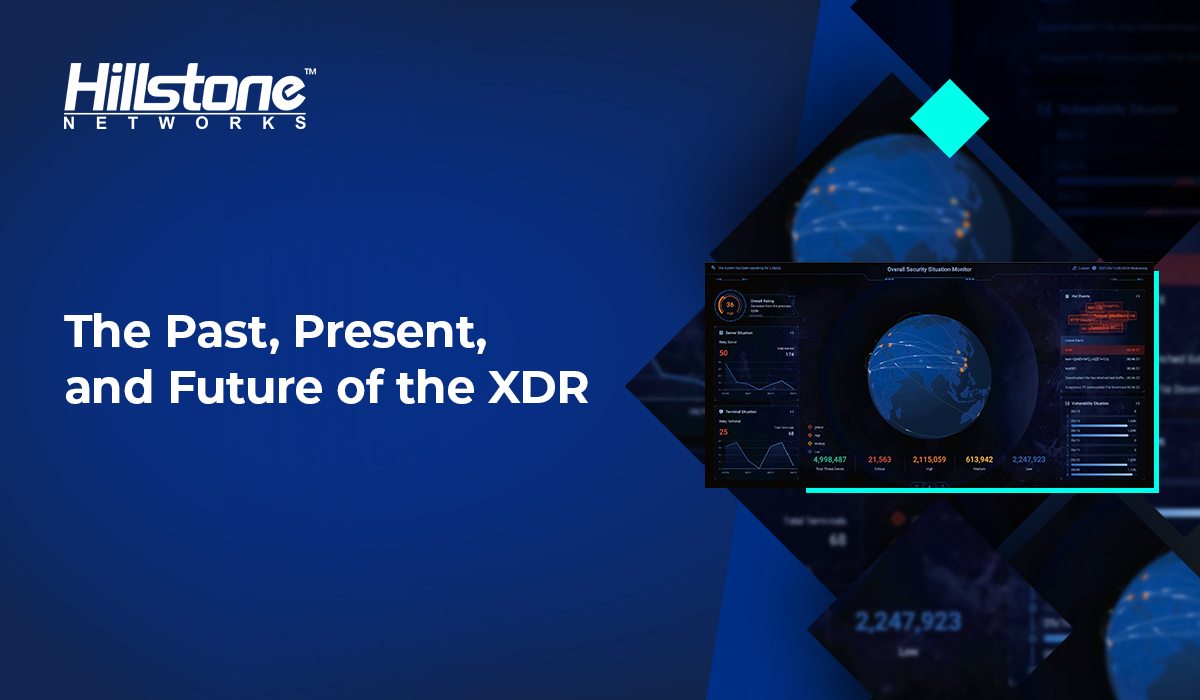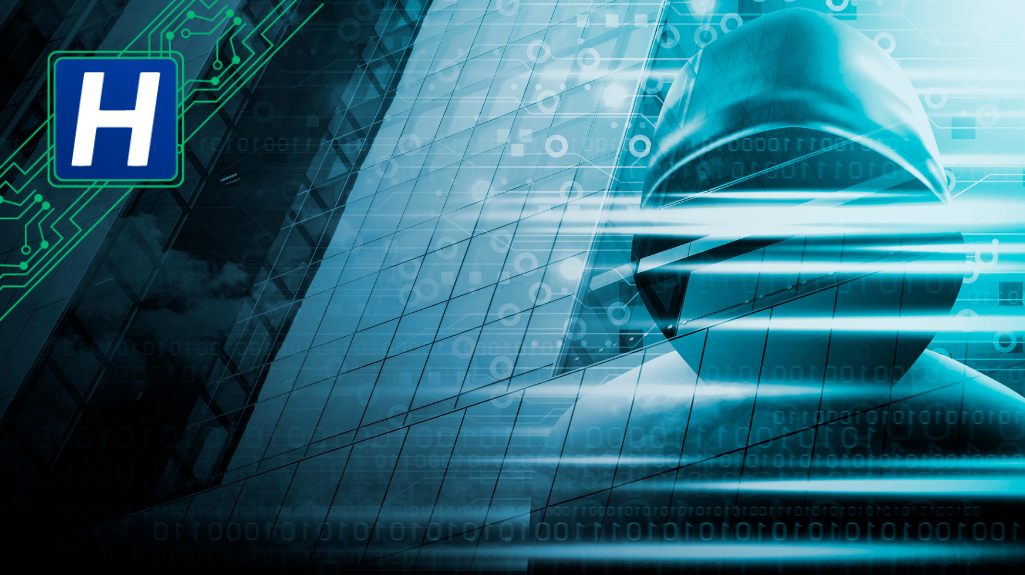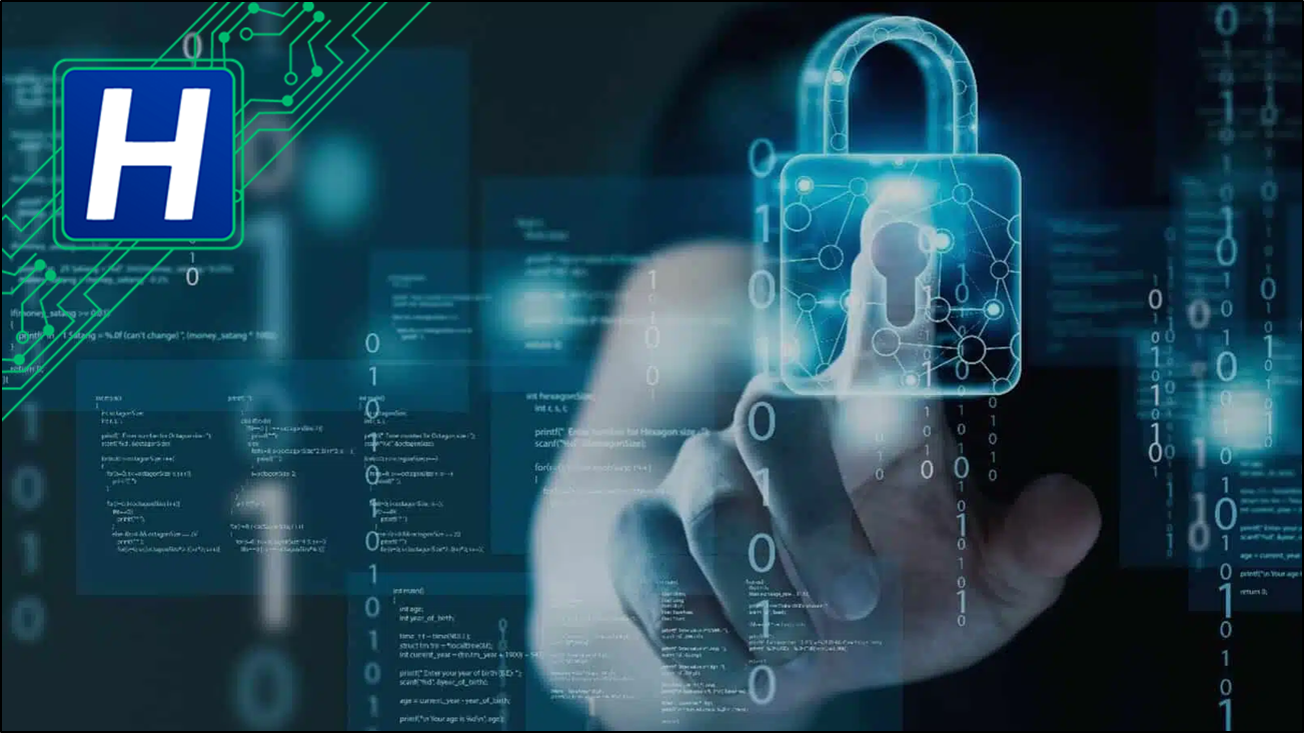X. D. R. This amalgamation of letters has been splattered all over the booths and walls of expos, international and national alike. Is this just hype, or is this new method of undertaking detection & response the future of cybersecurity? Today, we’ll provide a breakdown of the XDR solution and analyze the differences of this solution from its brother and sister solutions. Finally, we’ll delve into some of the potential future directions that the XDR solution may go toward.
The Extended Detection and Response solution, or XDR for short, revolutionizes the way that detection and response is performed through a few key capabilities, which conveniently, follow our theme of See. Understand. Act. To begin, an XDR solution will consolidate siloes of data and various contextual logs from all cybersecurity solutions under one single point of view. It is during this step that the maximum amount of data available at a given point in time is amassed under one umbrella. From there, the XDR solution will leverage machine learning and AI technologies to analyze and correlate the information. It is during this step that the amassed data is quickly sifted through, normalized, and cleaned so that the data can be considered actionable. Finally, a response, either a manual one or an automated one via playbook, can be delineated. The specificities of this step vary depending on the XDR vendor of choice. It is during this step that necessary action can be taken, and a proper response is undertaken to mitigate vulnerabilities that have been discovered.
The Detection & Response market is quite vast, so we’re here to explain the differences with some of the more popular Detection & Response solutions. XDR is an extension of Endpoint Detection & Response solutions. Whereas EDR focuses on the endpoint, XDR can additionally grab helpful data from places such as the user, clouds, and others. XDR performs more than just the collection of logs, as it can leverage AI and ML technologies to analyze the collected data. This differentiates the XDR from the SIEM (Security Information and Event Management). A SOAR (Security Orchestration, Automation and Response) is an ecosystem that is potentially composed of EDR, XDR, SIEM, and more. SOAR is used for integrating the solutions together, ultimately formulating a system that possesses orchestration, automation, and response solutions. The way that SOAR is related to XDR is comparable to the way that the concept of Zero Trust could be related to micro-segmentation. Zero Trust is a concept methodology of implementing cybersecurity. Micro-segmentation, on the other hand, is one of the many ways that Zero Trust can be implemented. Finally, there’s MDR (Managed Detection & Response), the new kid on the block. MDR is focused on bringing a human component back into the Detection & Response process. Essentially, a team of security experts is brought in to manage the XDR solution that is in place. This human component can be crucial for either enterprises without security teams or enterprises with hamstrung security teams and far too many alerts to go through. It is important to note that despite all the differentiators described above, a combination of these solutions is oftentimes preferred for the most resilient Detection & Response solution to be put in place.
To touch on the future of XDR, we see major potential in integrating XDR in the grand scheme of ZTNA, or using XDR as a way of implementing security across a multitude of micro-services. The XDR is currently known as an extension of EDR. In the future, due to the XDR’s ability of collecting data from not just the endpoints, but also from the cloud, user, and other data points, XDR can potentially work together with the overarching Zero Trust strategy to implement a meticulous and granular mitigation strategy with ease. This seems like a very natural evolution for the two technologies. XDR can continue to upgrade its response capabilities, while Zero Trust could use more actionable data to make decision off of.
XDR is here, and it is making waves of change that are easy to see, easy to understand, and easy to act upon. Learn more about Hillstone’s XDR solution, or grab a copy of our joint whitepaper with analyst firm Frost & Sullivan to discover the intricate details behind how XDR can truly transform your enterprise’s ability to embrace cyber resilience.



